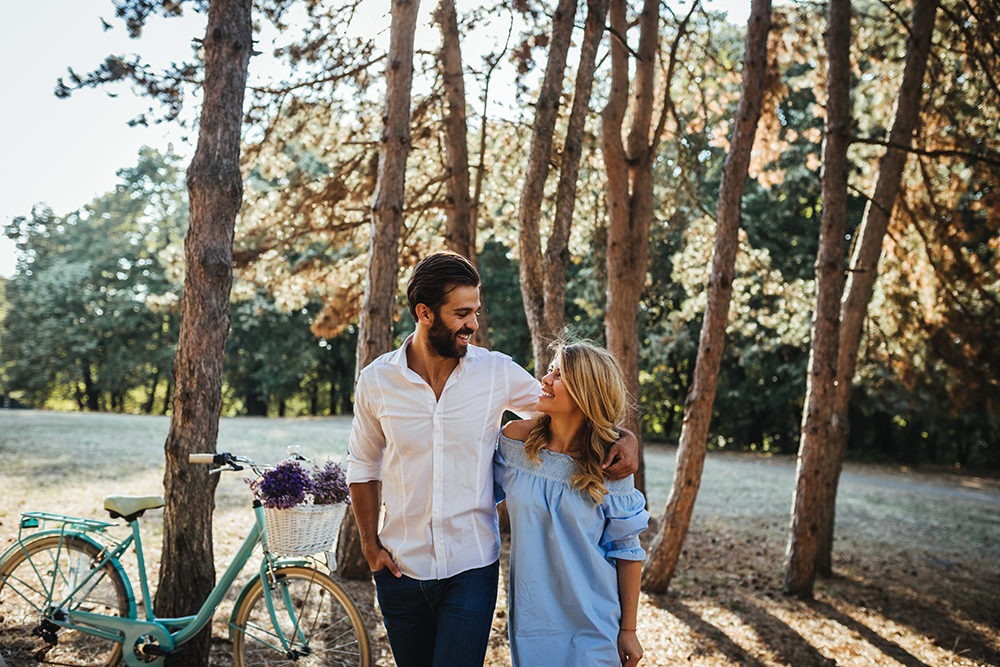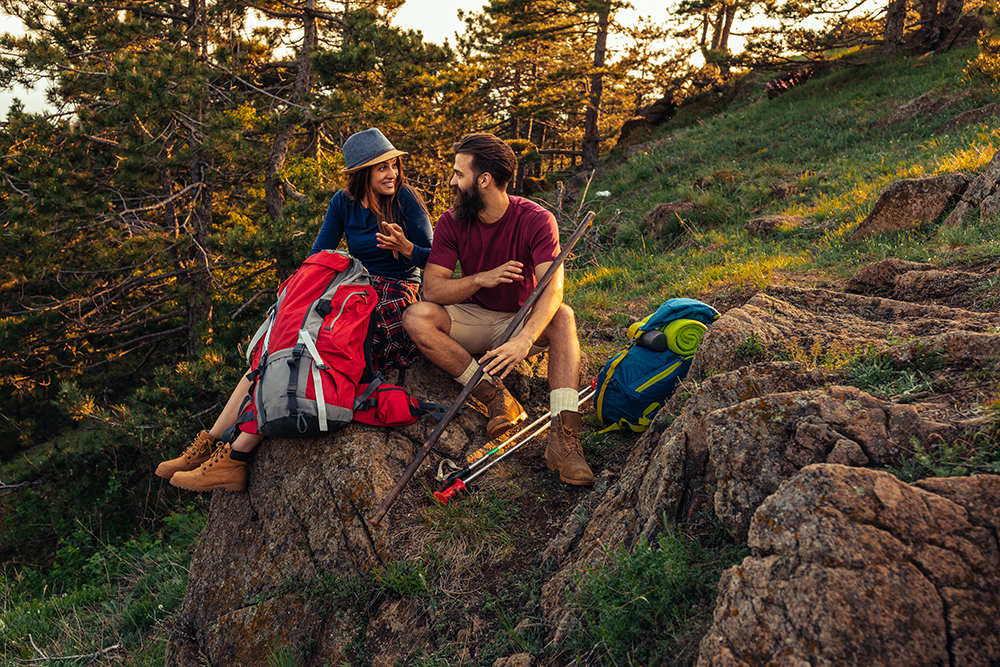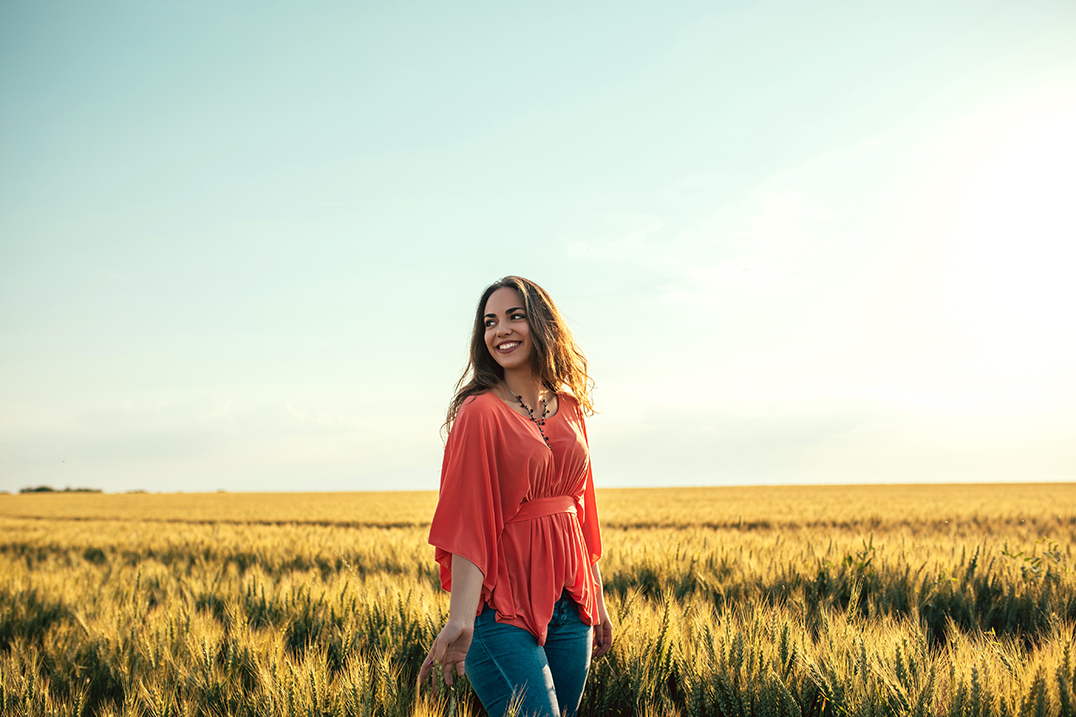Cannabis, weed, marijuana, pot, mary jane – the plant goes by many names and even if you’ve never smoked it you’re sure to have heard of it or seen the iconic seven-starred leaf symbol adorning hippie art, jewelry, and cannabis shops around the globe.
Despite its celebrity status you may not know much about the plant itself. You may be wondering how it gets you high, what the high feels like, what it does to your body, and why there are so many different kinds of cannabis – referred to as strains.
You may also be wondering how to have a comfortable and enjoyable first cannabis experience. If so you’ve come to the right place – Freedom Green’s beginner’s guide to cannabis has the answers you’re looking for.
What is Cannabis?
Cannabis is a psychoactive plant that has been used around the globe for thousands of years recreationally, spiritually, and medicinally. Today in the US, cannabis is legal for adults over the age of 21 in 18 states and Washington, DC. And 37 states have legalized medical marijuana — meaning that a majority of Americans have access to cannabis, whether medically or recreationally.
Cannabis is commonly grown starting in the spring and harvested in the fall. Toward the end of its lifecycle, the cannabis flowers, much like other plants, and produces buds. Those buds are then harvested, dried, cured, and sent to the dispensary for you to purchase.
People commonly consume weed to:

What is a Strain?
A strain is a variation of the cannabis plant much like there are different variations of apples—honeycrisp, golden, granny smith, etc.
Each strain has its own unique chemical profile, a mixture of different cannabinoids and terpenes with their own taste, smell, and effects.
Cannabis is usually grouped into three general categories: indica, sativa, and “hybrid.” The definitions of these three are fraught and even today they are used in reference to the effects—indicas are thought to be calming and sedating; sativas, energizing; and “hybrids,” a mix of both.
However, these terms actually refer to the plant’s physical structure. Its effects instead are determined by its chemical profile which can interact with everyone differently.

How does Weed Get You High?
The two main components of cannabis are cannabinoids and terpenes. The two primary cannabinoids are THC and CBD. THC is what produces the actual high, whereas CBD has no psychoactive effects and is non-intoxicating. Both are consumed for medicinal benefits. You can find strains high in THC, CBD, or a balance of the two at the dispensary depending on your preferences or goals.
Terpenes are the weed’s scent compounds, they give the plant its complex aromas. Hundreds are found in trace amounts in the plant but there are 8 main ones:
- Myrcene
- Caryophyllene
- Limonene
- Pinene
- Linalool
- Terpinolene
- Humulene
- Ocimene
They can sound intimidating but terpenes are actually found in many vegetables, fruits, and herbs. In fact, they’re abundant in citrus fruits, spices, and even root vegetables like carrots.
Cannabinoids work together synergistically through a process called the entourage effect to produce an experience none of the compounds alone could create. Non-psychotropic cannabinoids like CBD can soften the impact of THC, making the effects more pleasurable and less uncomfortable for many cannabis consumers, especially beginners—which is why smoking cannabis as flower is a favorite method for so many. These cannabinoids interact and activate the body’s endocannabinoid system—a cellular system which maintains balance in your body. This is what causes you to feel high and experience symptoms of relief or other such effects of cannabis.
What Does Being High Feel Like?
THC is the psychoactive component of cannabis that causes the feeling of being high. When high on cannabis you may feel:
- Euphoric
- Relaxed
- Amused
- Giggly
- Creative
- Hungry
- More sensitive to light, sound, color, touch, taste, and smell
Marjuana can also cause unpleasant feelings or experiences such as anxiety or paranoia. Although some people experience these unpleasant reactions, there are no known cases of overdose or death from cannabis consumption. In fact, it would require you to consume fifteen pounds of marijuana in fifteen minutes to produce a fatal reaction—a physical impossibility for any human.
There are many things that contribute to how cannabis affects you and makes you feel, including:
- Your body chemistry
- Your mindset going into the experience
- The setting – where you are/who your are with/what you are doing
- Strain consumed – its chemical profile
- Dosage – how much you’ve consumed
- Method of consumption – edible, joint, dab, bong, etc.
- Intention – what you wanted to get out of the high, how high you intended to get, reason for consuming

How to Consume Cannabis
Today, there are many different ways to consume cannabis and many different devices to do so. Cannabis can be consumed through smoking, vaping, eating, drinking, and topical application.
Weed can be smoked through pipes/bowls, bongs, and bubblers. It can also be rolled and smoked in joints, blunts, or spliffs.
Vaporization has become very popular today with the rise of the dab pen because it is discreet, portable, and easy to use. There are many different types of vaporizers on the market that can vaporize flower, concentrates, or both.
Dabbing is a relatively new form of consumption in which cannabis extracts (wax, resin, rosin, crystals, butter, or batter) are flash vaporized, typically using a rig or dab straw (“nectar collector”). It is important to note that dabs contain concentrated amounts of THC and are very potent – sometimes just a sliver of a concentrate can cause a high equivalent to smoking a whole joint or bowl. Typically, dabbing is more common amongst experienced cannabis consumers.
Edibles are any food or drink infused with cannabis. Common edibles include gummies, brownies, cookies, and chocolates; less common edibles include drinks, sodas, chips, alcoholic beverages such as wine and beer, jerky, and pretty much anything that can have cannabis butter or oil added to it.
With edibles remember to start low and go slow. Edibles are typically stronger, take longer to kick in, and last longer than smoking or vaporizing weed because they are processed in the stomach and liver, as opposed to the lungs. Start with a low dose such as 5 mg or less and wait an hour or two for the effects to kick in before taking any more.

How to Have a Positive First Experience
Dosage is key
If cannabis provokes discomfort or anxiety, the dose is simply too high. Consuming cannabis is usually a slow ramp-up, not only to get you used to the feelings but also to let your body adjust. People often benefit from doses that are much smaller than they had expected – this is especially true when it comes to edibles, remember to start low and go slow!
Set an intention for your high
What kind of experience are you looking to have? Do you have any therapeutic goals? Is there a mood you’re trying to provoke with cannabis? It’s a good idea to have an intention to keep your mindset in the right place and to set the tone of your cannabis experience.
Set and setting
Be sure to go into this experience with a positive mindset, embrace that this is something new to you and focus on your intentions, what you want to experience and get out of it. It’s also important to consume it in a setting that is positive to you personally, maybe that’s at your favorite beach or in the comfort of your own home with close friends—aim to be somewhere that feels safe and comfortable and stick with people you know and trust.
Bottom Line
Everyone is different – be open to the experience and go about it in a way that is comfortable for you. Just remember:
- start with a low dose
- put yourself in a positive setting
- maintain a good mindset

